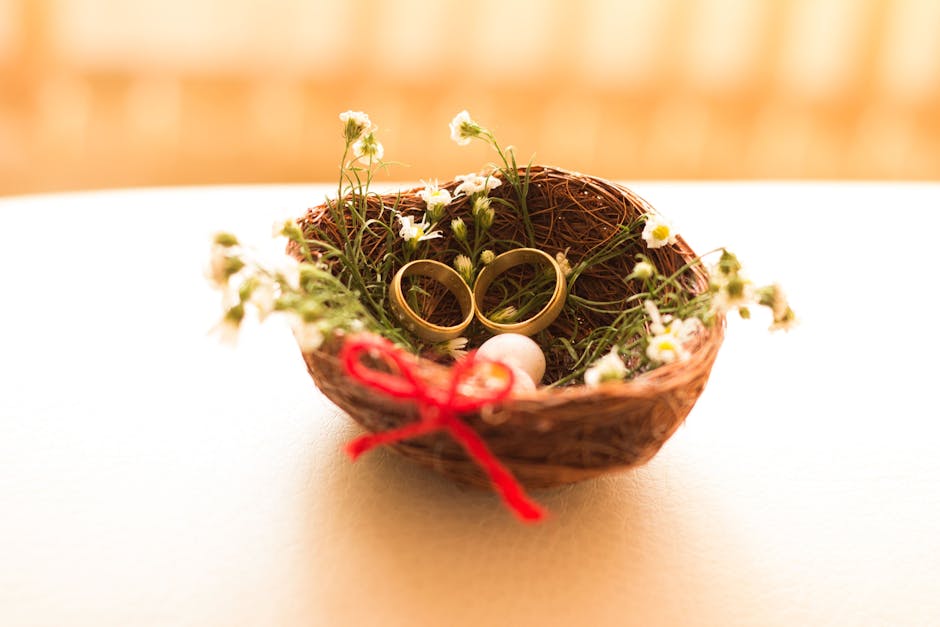Hi, my name is Abby and I own Abby Sparks
Jewelry. As someone who has helped hundreds of clients get engaged by making and
designing engagement rings, I'm gonna go into some more detail about some of the
things to avoid from a materials standpoint and from a design standpoint.
By the end of this video you're gonna feel really confident when you're
considering options for these trendy engagement rings and you're going to
avoid the things that will be pitfalls and cause that ring to fall apart in the
future. Let's start with stones. So a lot of rings right now are being marketed
as engagement ring options but they contain stones that are not
necessarily durable.
Some examples include: opals, labradorite, turquoise,
pearls, and moonstone. Well these are beautiful options from a design
standpoint and from a visual standpoint, but they're not tough stones. What do you
need to know about tough stones? There's this thing called the Mohs Hardness
Scale. It's basically a scale just with numbers essentially, on the durability,
that inside durability, of that stone, how hard it is. So, you want something to be
really really hard so it lasts an entire lifetime.
If it's not really really hard then it's gonna break. It risks breaking, chipping,
water eroding the inside, so you want to stick with these tougher stones for
engagement rings because you want that stone to withstand the test of time. You
want to avoid these stones that are on the lower end of that Mohs Scale. So from
1 to 6, not a good engagement ring choice. A good fashion jewelry choice – wear it to
dinner, wear it every once in a while, a cocktail ring, but not every day, banging
it around, driving, cooking, not a good choice, unless it's at that 7 to 10 range.
If
you are shopping when in doubt Google "Mohs hardness" and whatever that stone is, "Mohs hardness and moonstone" "Mohs hardness turquoise", when you pull up this
Mohs Hardness Scale, if that particular stone isn't at least a 7,8,9, or 10, it is
a very poor choice for an engagement ring, because it won't last.
So the do's for engagement ring stones, are these tougher stones on that
scale of 7 to 10 on that Mohs Hardness Scale.
They include diamonds, moissanite, sapphires, rubies, and Emeralds,
to name a few.

Also do's are prongs that are a little bit bigger, and little tiny
stones, stay away from those 1 millimeter stones you guys. They fall out and it's
just such a high maintenance piece. They're really tiny and delicate and
pretty, but they're not a good choice for engagement rings
because the prongs are really small, stones are really small, and it just causes them to
fall out. So, do's: get at least 1.5 millimeters for those smaller stone
accents, and make sure the prongs are big enough, and if they're not, keep going
find something that does have those elements.
I hope you found this video
helpful today, so that you can confidently go in and make great choices
for your engagement ring. Like the video, put some comments below, ask some
questions, I love interacting with people. Subscribe to our channel, share it with a
friend, and we'll see you on the next video..

